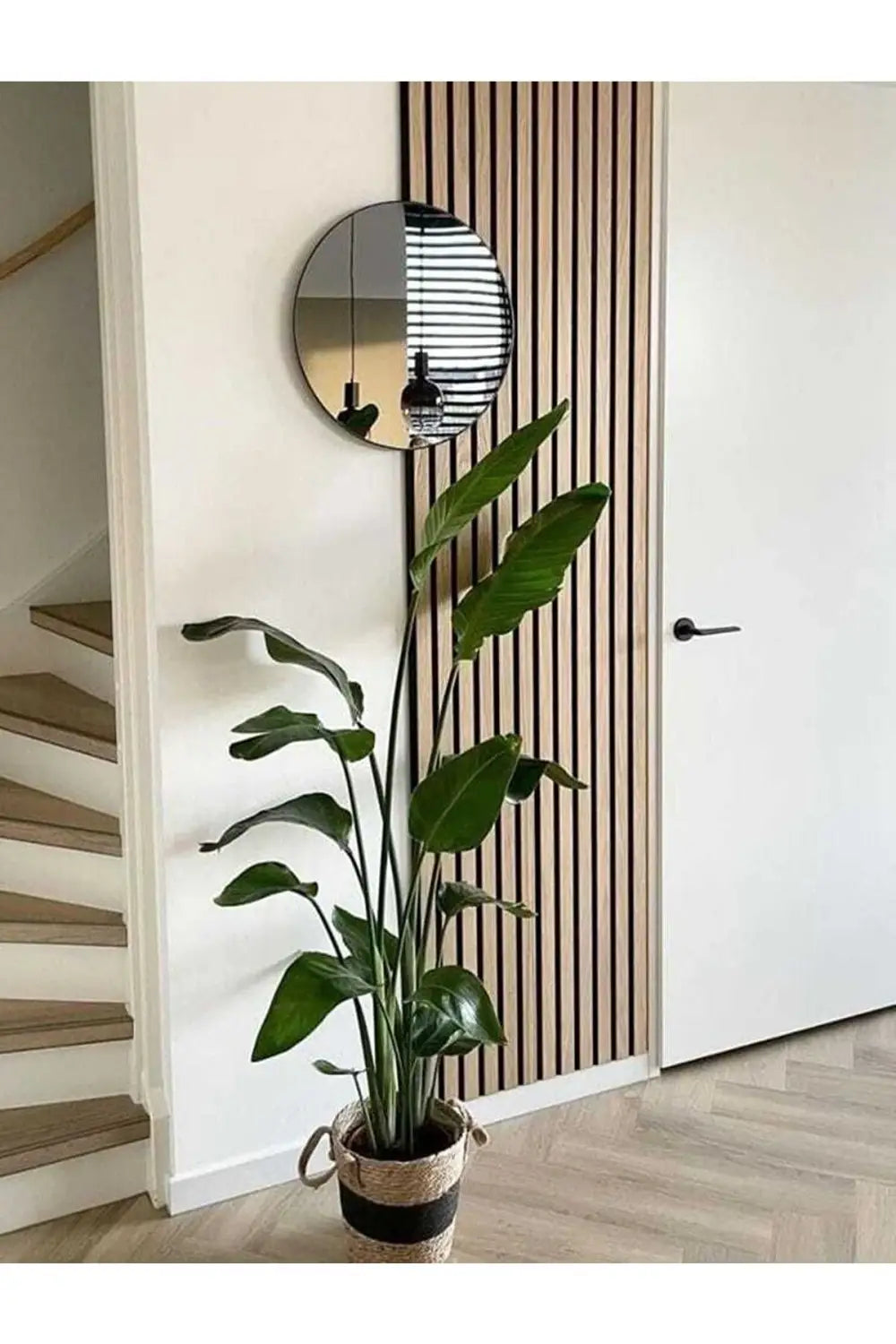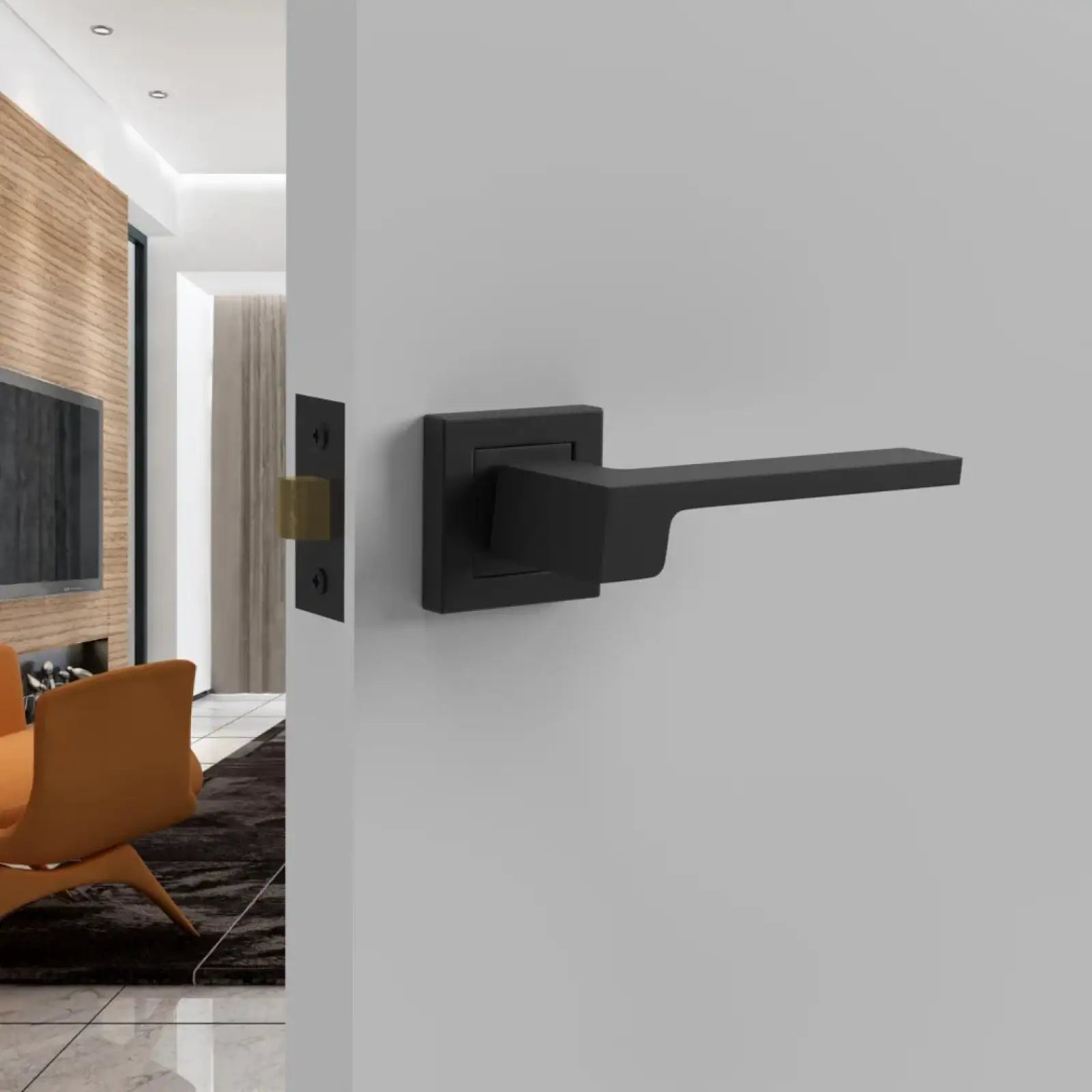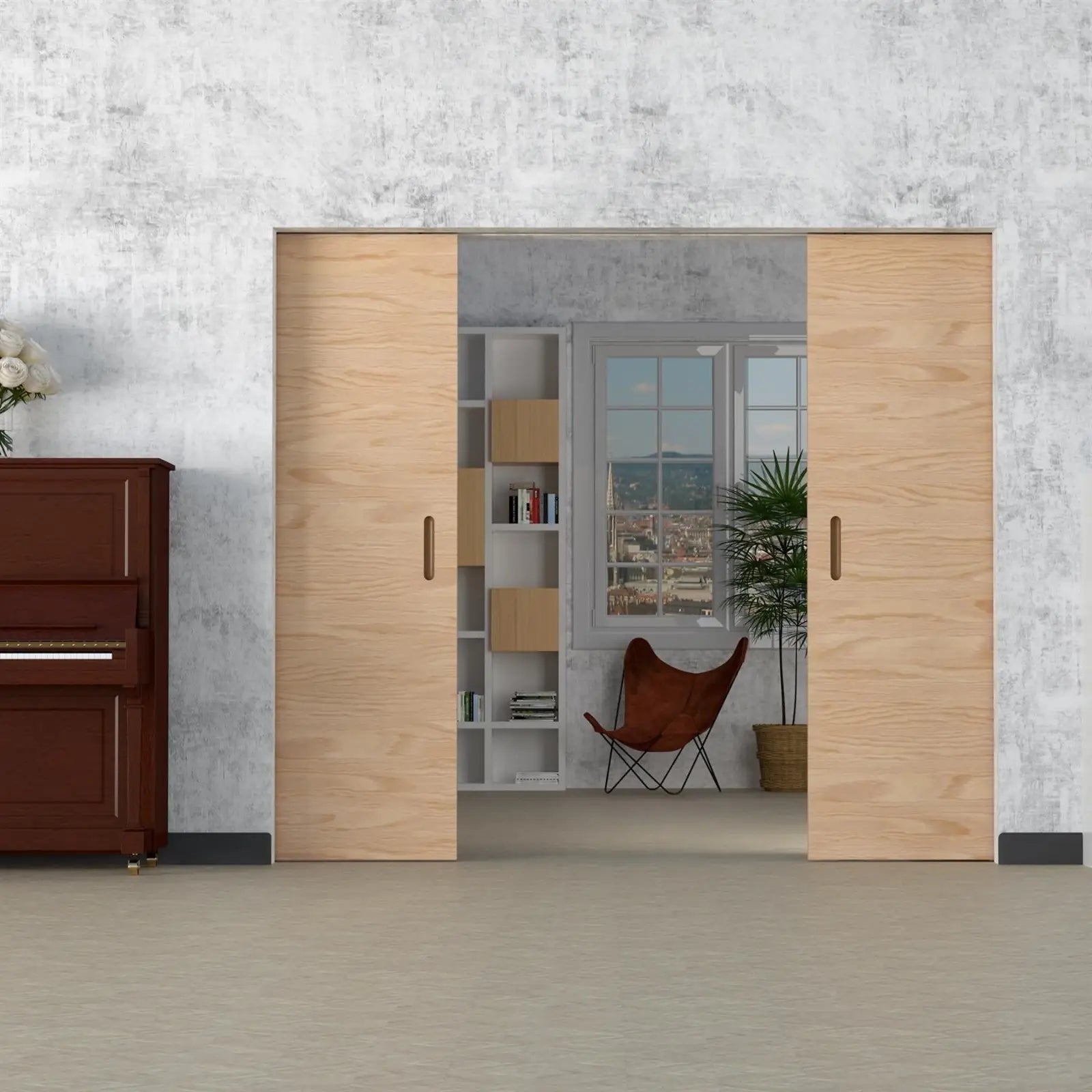Acoustic Panel Solutions: The Complete Guide
Imagine sitting in your living room, trying to enjoy your favourite movie, but your neighbour’s party noise keeps interrupting your experience. Or perhaps you’re in an office setting where constant chatter and echoing sounds make it nearly impossible to concentrate. These are common scenarios where acoustic panel solutions can come to the rescue.
In this guide, we will explore the importance of various types of acoustic panels, the materials used in their construction, customisation options, and their applications in different settings. Prepare to be enlightened on how these sound-absorbing acoustic panel solutions, like the acoustic panel, can enhance your life.
Understanding Acoustic Panels
Acoustic panels are specialised treatments designed to absorb or diffuse sound, improving the auditory quality of a space. In high-traffic areas, acoustic panel solutions can help reduce echoes and minimise unwanted noise. At Decor and Decor, you can choose versatile acoustic panels for managing sound at home or in the office.
Types of Acoustic Panels
There are a variety of acoustic panels, each designed for specific applications. Wall-mounted panels are the most common and are ideal for controlling sound reflections in residential and professional settings where music is played or practised. Ceiling panels and baffles are great for large spaces with high ceilings like halls and auditoriums, while portable panels offer flexibility for temporary setups for open-air concerts.
How Acoustic Panels Work
Acoustic panels absorb sound waves and reduce their reflection within a room. They are typically made of porous materials that trap sound energy and convert it into heat. This conversion process reduces echo, improves speech clarity, and enhances the acoustic environment.
Benefits of Sound Treatment
Sound treatment with acoustic panels provides multiple benefits. First, it improves audio quality by minimising echoes and reverberation. Second, it creates a more comfortable environment by reducing noise levels. Lastly, acoustic panel solutions enhance privacy by limiting sound transmission between spaces.
Choosing the Right Acoustic Panels
Selecting the right acoustic panel solutions is easy. We’ve put together a list for your convenience. Let’s have a look.
Material Considerations
The material of acoustic panels is critical to how effective they are for your space. Felt and mineral wool are great options for sound absorption, while foam panels are popular for home and budget-friendly setups. For a sustainable option, consider panels made from recycled materials.
Acoustic Felt
Acoustic felt is made of densely packed fibres that absorb and reflect sound waves. It functions by diminishing noise levels and controlling reverberation. Acoustic felt offers numerous advantages, such as improved sound quality, increased privacy, and enhanced aesthetics. Another great reason is it is an eco-friendly option because it’s composed of recycled materials.
Acoustic felt can be employed in various settings, such as home theatres, recording studios, offices, and other areas where sound quality and confidentiality are important. Its versatility and eco-friendly properties make it popular for those seeking an effective and sustainable acoustic solution. Sound management is easier and more refined when you shop the range at Decor and Decor.
Recycled Plastic
Recycled plastic panels are a sustainable option that offers sound absorption and durability. Created by collecting, sorting, washing, shredding, and reprocessing plastic material, recycled plastic is an environmentally friendly choice for acoustic panels. While working with recycled plastic can sometimes be more challenging than other materials, its appearance may not be as pleasing as other alternatives, and its eco-friendly nature and sound absorption capabilities make it a viable option for those seeking a green solution to their acoustic needs.
Mineral Wool
Mineral wool panels provide superior sound absorption and fire resistance. They are an effective acoustic insulation material that absorbs airborne sound and reduces sound energy, thus diminishing the noise reverberating within the cavity and amplifying it. Mineral wool is a lightweight and non-combustible material that is straightforward to install and offers excellent thermal insulation.
Mineral wool is resistant to mould and mildew and is ecologically friendly. It is widely utilised in various applications, such as soundproofing walls and ceilings, insulating pipes and ducts, and providing fire protection.
Size and Thickness Guidelines
The size and thickness of acoustic panels determine their sound absorption capacity. Consider using thicker panels, over two inches, because those are better for low-frequency sounds like those in laboratories and band rooms. Panels one to two inches thick are usually sufficient for general-purpose sound treatment like your average home theatre or studio.
Absorption vs Diffusion Panels
Absorption panels reduce sound reflections by soaking up sound waves, making them ideal for spaces where clarity is crucial. Diffusion panels scatter sound waves evenly across the room, maintaining a sense of openness while controlling echoes. A combination of both types often yields the best results, so consider mixing and matching ahead of renovating your space.
Panel Placement and Coverage
When you’re placing the panel, make sure the surface has appropriate coverage; otherwise, your sound will be over-absorbed or lost to the air. Proper positioning helps target key reflection points and maximise the space’s acoustic efficiency while maintaining visual harmony in the room. By carefully analysing the space and calculating the required coverage, you can enhance the auditory experience of anyone who uses the space.
Room Analysis Techniques
Before installing acoustic panels, conduct a proper room analysis. Identify areas with excessive echo or noise issues. Mapping out the furniture and speaker locations can help determine optimal panel placement.
First Reflection Points
First reflection points are areas where sound waves bounce off surfaces and directly reach the listener's ears. These points are typically on walls and ceilings adjacent to speakers. Treating these areas with acoustic panels significantly improves sound clarity.
Coverage Calculations
Calculate the required coverage by considering the room size and usage. Covering 20%–40% of the surface area for home theatres or studios is usually effective, but you may want higher coverage if you’re looking at a bigger space. Larger and more reverberant spaces, like auditoriums and stages, may require higher coverage.
Installation and Mounting
Installing acoustic panels can be simple and efficient for any space with the right tools and techniques. But proper installation and mounting are crucial. You can attach them to walls or ceilings or use portable solutions, and choosing the right method ensures the perfect level of sound absorption without compromising design.
Wall Mounting Methods
Wall mounting is a popular method for installing acoustic panels. Use adhesive strips or mounting brackets for a secure and seamless installation. Ensure the panels are evenly spaced for a balanced look and sound treatment.
Ceiling Installation Options
Ceiling installation is ideal for large spaces with high ceilings. Suspended panels or baffles can be hung from the ceiling to reduce vertical sound reflections. Ensure proper anchoring to avoid safety hazards.
Portable Solutions
Portable acoustic panels are perfect for temporary setups or spaces where permanent installation isn't feasible. These panels often come with stands and can be moved as needed. Potable panels are commonly used in recording studios and boardrooms.
Acoustic Solutions for Different Spaces
Each space demands specific types of acoustics. Home theatres, studios, and workplaces each require a different acoustic panelling guide to either cut down the noise or enhance the richness of the sound. Sound and your experience with it can be carefully designed with the right options; let’s take a look.
Home Theatre Treatment
Acoustic panels enhance the listening experience in home theatres by reducing echo and improving sound clarity. Focus on treating the walls, ceiling, and corners to achieve balanced acoustics. This setup creates a more immersive audio environment for your favourite movies and music.
Studio Acoustics
Recording studios require precise sound treatment for accurate audio monitoring. Acoustic panels should be placed at first reflection points and behind speakers to minimise sound distortion. Bass traps in corners further enhance sound control.
Office Sound Management
Acoustic panels in office spaces help reduce noise distractions and improve productivity. If you install panels on walls and ceilings, you can create a quieter and more focused environment. Portable partitions with acoustic properties are also useful for creating private workspaces — all of which Decor and Decor can gladly support you with.
FAQs
How many acoustic panels do I need for a typical room?
The number of acoustic panels required depends on your room's size, layout, and acoustic needs. For a typical space, covering 20-30% of the wall surface is often effective for reducing echoes and improving sound quality. A detailed room analysis can help determine the ideal panel placement and quantity for optimal performance.
What's the difference between acoustic panels and soundproofing?
Acoustic panels and soundproofing serve different purposes. Acoustic panels are designed to improve the sound quality within a room by absorbing echoes and reducing reverberation. In contrast, soundproofing focuses on preventing external noises from entering a space and keeping internal sounds contained by using dense, heavy materials for insulation and isolation.
Can acoustic panels be customised to match my room's décor?
Yes, acoustic panels can be customised to complement your room’s décor. Many options, including different colours, fabrics, and shapes, allow you to integrate them seamlessly into your interior design. This ensures that your space remains both aesthetically pleasing and acoustically optimised.




